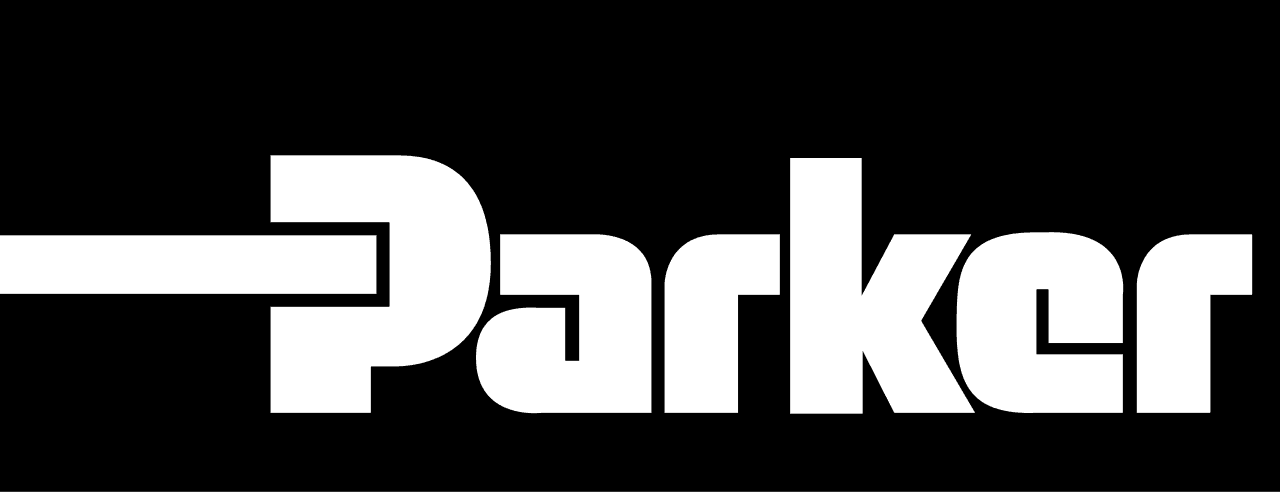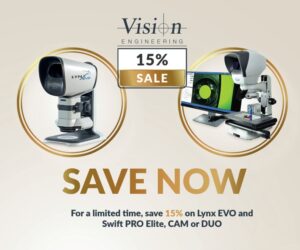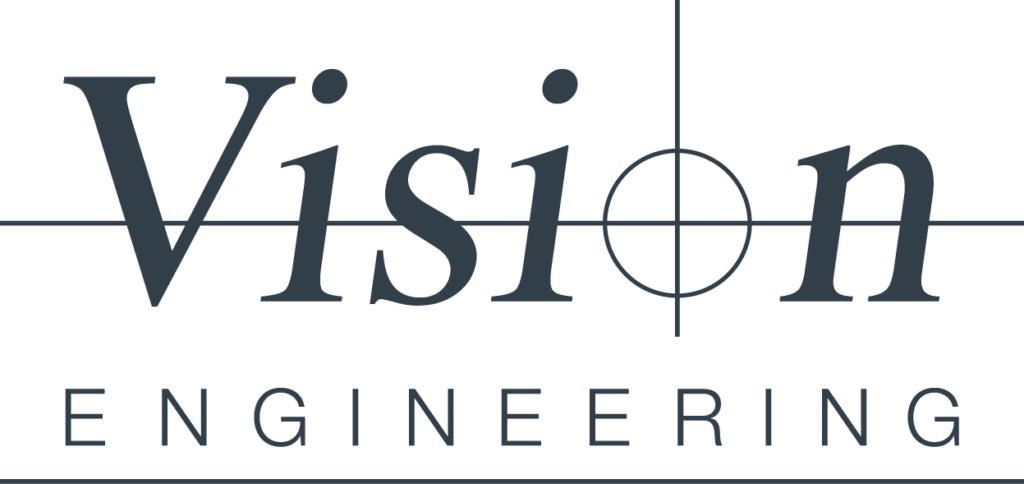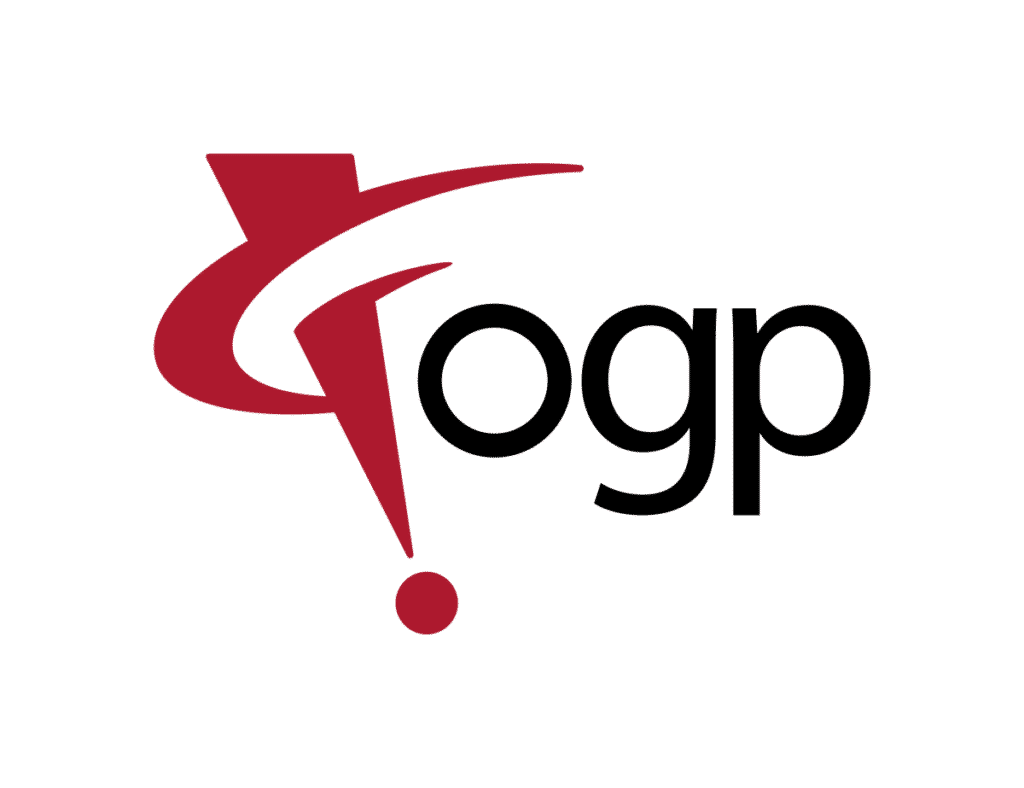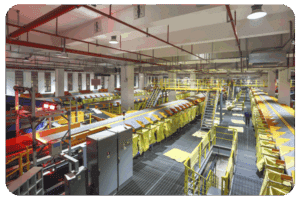Bill Michie | November 12th, 2014
Calibrating your GPI “09”Series Electronic display using the older “Display/Dispense”
In the fourth and final installment of this series, we’ll discuss the procedures for calibrating your GPI “09”Series Electronic display using the older “Display/Dispense” method. As mentioned in an earlier post, this field calibration procedure has been programmed into the 09 Series Display/Flow Computer, but is disabled by default and must be enabled using the custom programming instructions in Part 3 in order for you to access it. Click Here to view instructions for accessing/changing custom configuration settings.
Once “Display/Dispense” has been enabled, use the following instructions to field calibrate your GPI Flow Meter via this method.
- While in the Factory Calibration mode (FAC will be visible in the upper right hand corner of your display), hold down both the Calibrate and Display buttons for approximately 3 second until you see “FLdCAL” on the display, then let go of the buttons. Note: dd000.0 will appear on the screen
- For the most accurate results, it’s recommended that you use a uniformly dependable and accurate calibration container. Your flow meter should be installed and purged of any air prior to beginning the test.The first step is to flow a known amount of fluid (by weight or volume) through the flow meter while in the Field Calibration mode. It’s highly recommended that you dispense fluids at a flow rate which best simulates your actual operating conditions. Avoid “dribbling” more fluid or repeatedly starting and stopping the flow. This can result in less accurate calibrations.
- The flow meter display will count up as the fluid passes through the meter. Compare the final reading on the display to the known amount. If the totals match, the meter is correct as-is and will not require any additional field calibration. Skip ahead to Step #5.
- If the final reading on the display does not match the known amount, change the amount on the display to match using the following procedure:
- Begin by pushing the “Display” button. The first digit to the left will begin to blink. If it needs to be changed, use the “Calibrate” button to scroll through the available digits until correct.
- Push and release the “Diplay” button again to move to the next digit to the right. Using the “Calibrate” button, repeat the procedure as needed until the screen reading matches the known amount.
- Once the display reading has been entered correctly and/or if no adjustment was necessary, hold down both buttons (Calibrate and Display) until “CALEnd” appears on the screen. Field calibration is now complete.
To switch back to your original factory calibration, hold down both buttons again until FAcCAL appears on the screen.



